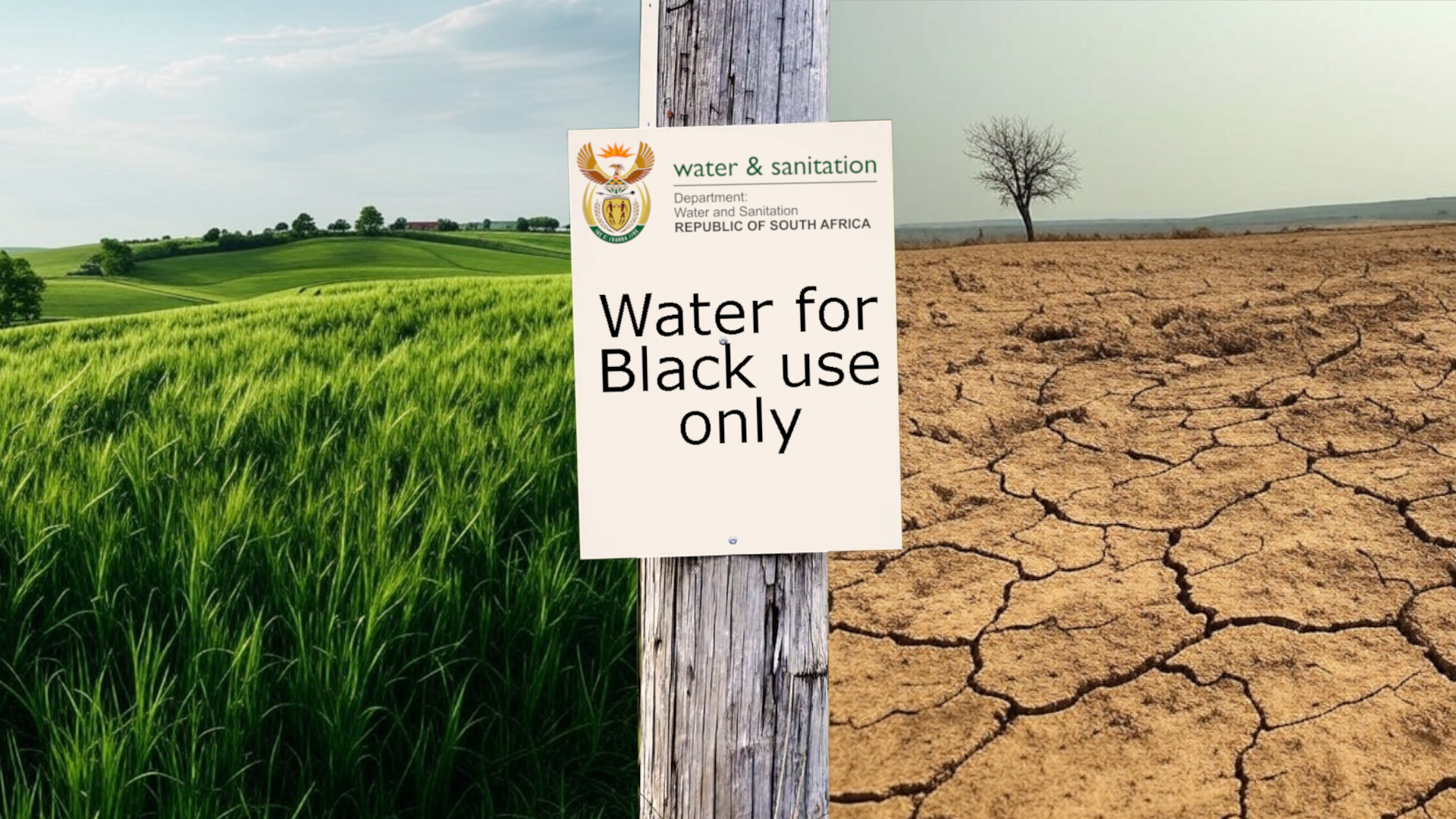The City of Cape Town is set to refine its Local Spatial Development Framework (LSDF) for the Central Business District (CBD), aligning it with its ambitious "City of Hope" vision for 2040. This framework (available from the City website here) aims to reimagine the CBD as a pedestrian-friendly hub, seamlessly connecting Table Mountain to the Atlantic Ocean via distinct public spaces and enhanced green areas. The plan includes upgrading key squares such as Grand Parade, Civic Square, and Greenmarket Square, each designed to foster a unique identity.
These sorts of "new urbanist" development plans tend to be nightmares in cities with comparable crime rates, but the City has a unique arrangement for the privatisation of maintenance and security services which has so far worked to exclude corrosive effects, known as the City Improvement District. This business model, pioneered in the DA-run city 15 years ago, saw the use of private companies contracted to replace local government services where 60% approval can be attained from residents/ratepayers.
Central to the LSDF is an integrated transport solution for the Foreshore, proposing road restructuring along Philip Kgosana Drive to better link Vredehoek, Zonnebloem, and District Six. The plan also explores closing Long Street to vehicular traffic at night between Dorp Street and Green Street, creating a vibrant pedestrian zone to boost nightlife along this popular corridor.
Deputy Mayor and Mayoral Committee Member for Spatial Planning and Environment, Alderman Eddie Andrews, emphasized that the LSDF seeks to create a more people-centric CBD. The plan includes urban design interventions to improve pedestrian mobility, optimise heritage areas, and support affordable housing through a public land programme. The framework also envisions a mixed-use intensification strategy, encouraging developments that combine business, retail, and residential opportunities.
The LSDF study area encompasses the core economic zone of the CBD, bordered by Helen Suzman Drive, FW de Klerk Boulevard, Nelson Mandela Drive, Sir Lowry Road, Mill Street, Orange Street, and Buitengracht Street. It is divided into eight precincts, including De Waterkant, Convention District, and the East City.
The draft LSDF builds on existing policies, such as the 2023 Table Bay District Spatial Development Framework (DSDF), the recently approved LSDFs for District Six and Bo-Kaap, and the City's Climate Change Strategy and Tall Buildings Policy. It aims to balance higher densities with the preservation of key landmarks, heritage buildings, and public spaces.
With an expected influx of 50,000 new residents in the CBD by 2040, the framework outlines the need for careful spatial and land use management to accommodate this growth. Enhancing public transport, particularly the revival of passenger rail, is highlighted as crucial to improving access to the CBD, which remains heavily vehicle-dominated.
The draft LSDF is available for public review on the City of Cape Town’s website, with the deadline for comments set for October 31, 2024.

The national Water Department has denied a black farmer the right to share his licensed water with a neighbouring white farmer. Afriforum has vowed to fight this.